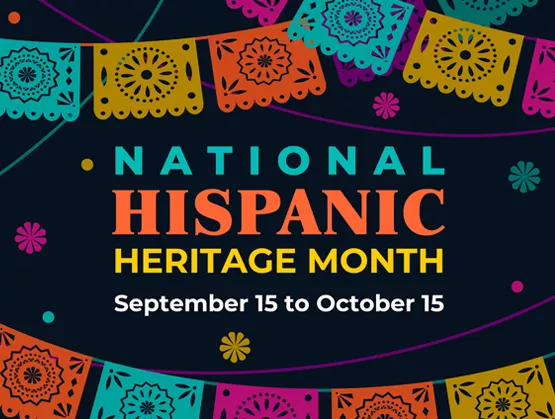
Recruit outside the box. This is the simple advice Arianna Avellán Jaramillo would give to industry leaders and recruiters on how to increase diversity in the microelectronics industry. Avellán Jaramillo, who interned at Applied Materials during the summer of 2022 and presented during the Meet the Interns session in the Workforce Development Pavilion at SEMICON West 2022, is a Ph.D. candidate in Materials Science & Engineering at University of California, Berkeley. She moved with her family from Ecuador to Maryland when she was 12 years old. She identifies as Latina (she, her, ella), and suggests that most people will identify as Latine if not using the more traditional Latina or Latino designation. Avellán Jaramillo recently shared her story and journey in technology with me.
A Nation of Immigrants
Per the U.S. Census Bureau, of immigrants who arrived in the U.S. before 2000, most came from Latin American countries, followed by Asian countries. According to Pew Research Center, people who identify as Hispanic or Latino (Pew uses the terms Hispanic and Latino interchangeably) will account for 60% of U.S. population growth from 2005 to 2050. Latinos represent about 8% of the tech sector. Women represent 25% of the technology workforce, but only 2% are Latina, according to the Society of Women Engineers (SWE).
Kindling: What sparked your interest in STEM?
Avellán Jaramillo: My parents and grandparents always valued education. My grandmother went to college, and my parents both have degrees. My father got his Ph.D. when my sister and I were little. Although I’m not the first generation to go to school, I am the first engineer, the first scientist in the family. If you ask my parents, they will tell you that I’ve been interested in STEM since a young age.
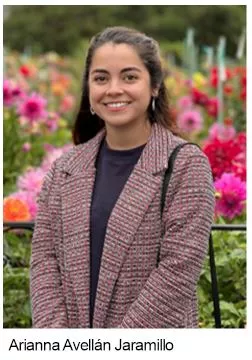 When I was 5, I asked for a microscope for my birthday. It was just something that I naturally gravitated to. I was always asking questions, always asking why, trying new things, and seeing how things work. If I wasn't satisfied with the answer, I’d be Googling everything. It wasn’t until I started high school in the U.S. and able to take more advanced classes and choose my schedule that I really gravitated towards science.
When I was 5, I asked for a microscope for my birthday. It was just something that I naturally gravitated to. I was always asking questions, always asking why, trying new things, and seeing how things work. If I wasn't satisfied with the answer, I’d be Googling everything. It wasn’t until I started high school in the U.S. and able to take more advanced classes and choose my schedule that I really gravitated towards science.
I took the harder math classes, harder science classes. And I was good at it. I remember a chemistry teacher who challenged us to push ourselves to the limit. It was the hardest class in the school, and everyone was afraid of her. But it had a big impact on me, and I felt like I could do anything after taking that class. I even asked that teacher for a college recommendation letter. Teachers like her encouraged me to follow a STEM path and gave a me a good foundation.
Kindling: You recently completed an internship at Applied Materials. What was it like?
Avellán Jaramillo: My internship at Applied Materials was a very eye-opening experience. Until this summer I had done research, but I didn’t have any experience in industry. The internship helped me realize what I wanted to do after graduate school. My mentor at the company was awesome and very encouraging of questions. He treated me like an equal, praising when there was good work and meeting me one-on-one when I was struggling.
 I was a little afraid of being just thrown into a project, but he included me in all the meetings and had me do projects that mattered at the end of the day. It was definitely a very good experience and I'm very grateful to be in the core R&D group. I would talk to senior people, even though I was an intern. By allowing me to meet with those in positions of leadership, my mentor gave me an opportunity to speak and be included in their work.
I was a little afraid of being just thrown into a project, but he included me in all the meetings and had me do projects that mattered at the end of the day. It was definitely a very good experience and I'm very grateful to be in the core R&D group. I would talk to senior people, even though I was an intern. By allowing me to meet with those in positions of leadership, my mentor gave me an opportunity to speak and be included in their work.
Kindling: What is it like being a Latina in STEM?
Avellán Jaramillo: In high school, I didn't see the gender difference, and I felt like there was no limitation. I belong to Latinos in Graduate School, a multicultural association specifically for science and engineering students at UC Berkeley. I identify as Latina. I identify as a woman. I identify as a scientist. As a scientist, I've never been unsure where I stand, but as a Latina I sometimes feel I can’t fully be myself. In college or grad school, everyone’s trying to make friends or join study groups. We all have science in common. As a woman, I am treated equally, but as a Latina, it can be challenging to connect culturally with my peers.
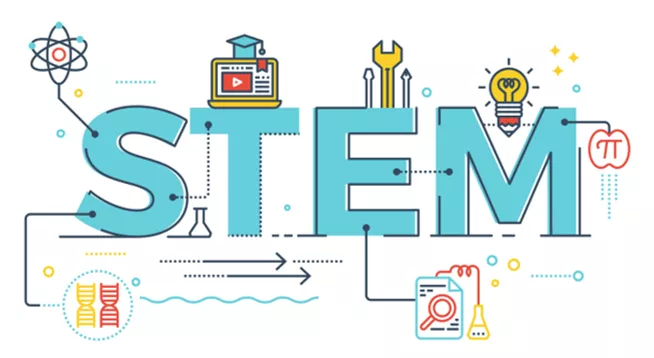 I have things in common with association members who are different than my peers in grad school or college or at Applied Materials and in the semiconductor industry in general. Seeing someone like me on a team or in leadership positions has an important impact just in terms of where you see yourself in five years, staying in the field or pursuing a degree. Or sharing similar struggles. The pandemic is a good example. It was bad in the U.S., but so much worse in South America.
I have things in common with association members who are different than my peers in grad school or college or at Applied Materials and in the semiconductor industry in general. Seeing someone like me on a team or in leadership positions has an important impact just in terms of where you see yourself in five years, staying in the field or pursuing a degree. Or sharing similar struggles. The pandemic is a good example. It was bad in the U.S., but so much worse in South America.
People in South America were afraid. It was stressful thinking about how the pandemic was affecting my extended family there. I didn’t think anyone really understood until I talked to my Colombian friend who understood my feelings. I didn’t have to explain. Having people with a similar background is important for your mental health to push forward and move ahead in your career. I’ve made friends in these groups and become a mentor to undergraduate students. It helps to know you’re not alone and you have someone to bounce ideas off.
Kindling: You are currently working towards your Ph.D. What’s your timeline?
Avellán Jaramillo: I just started my fifth year and hope to finish within six years. The pandemic caused a delay because I couldn’t go to the lab for four months. That was hard during the summer because the lab is where you see a ton of progress.
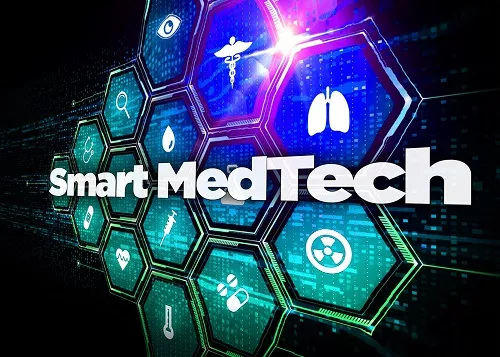 Now that I’ve completed my summer internship, I’ll start writing my thesis. I’m looking for jobs but don't want to rush. As for what direction to take, that will come when I start my thesis, which is not about semiconductors. I work on biomaterials.
Now that I’ve completed my summer internship, I’ll start writing my thesis. I’m looking for jobs but don't want to rush. As for what direction to take, that will come when I start my thesis, which is not about semiconductors. I work on biomaterials.
It helped to attend the SEMICON West because I was able to see the overlap. I heard some of the presentations in the Smart MedTech Pavilion. That was nice because when I was interning at Applied Materials, I also saw the overlap. Seeing other application areas was interesting. I'm open to possibilities right now for future employment.
Kindling: How do you think diverse voices and experiences benefit industry innovation?
Avellán Jaramillo: At the beginning of the pandemic, my research group at UC Berkeley was looking at ways to help. One solution that my advisor suggested was a way to clean and reuse face masks since they were in short supply. We initially focused on washers and driers but needed to figure out how to clean the masks without compromising their protective properties and so that fit would still be snug. We were coming up with ideas to 3D print them to keep their form.
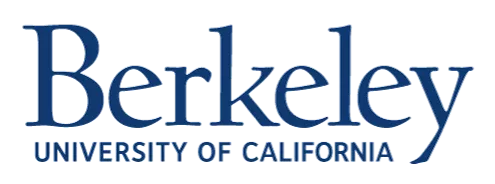 I suggested a product that helps some undergarments keep their shape and size after laundering. My advisor, who is a man, had no idea what I was talking about. I felt embarrassed for suggesting it. However, after searching online, my advisor bought some of the laundry products to test, and we revisited the 3D printing to get the shape we needed. It turned out to be a simple solution and if a woman hadn’t been in meeting, it might have taken longer to come up with an answer.
I suggested a product that helps some undergarments keep their shape and size after laundering. My advisor, who is a man, had no idea what I was talking about. I felt embarrassed for suggesting it. However, after searching online, my advisor bought some of the laundry products to test, and we revisited the 3D printing to get the shape we needed. It turned out to be a simple solution and if a woman hadn’t been in meeting, it might have taken longer to come up with an answer.
Kindling: What was your SEMICON West experience?
Avellán Jaramillo: This was my first time at SEMICON West. I had been invited to speak during the Meet the Interns session in the Workforce Development Pavilion. The evening before the show started, I attended the welcome reception hoping to meet people. However, by the time I arrived only a few people were there and I didn’t feel comfortable mingling because nobody looked like me. The age gap, the gender difference, everything made it a challenge. I didn’t know how to start a conversation. Mingling in a group so different from me would require a lot more energy than I had at that moment.
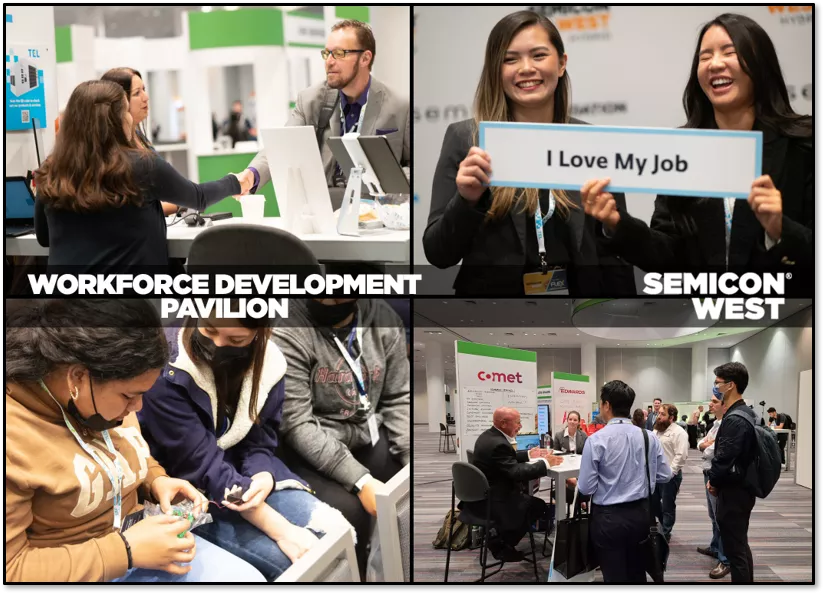
The crowd in the Workforce Development Pavilion included different people, different ages, different everything. That made all the difference. It felt more inclusive. So yes, diversity matters if you are trying to attract people to the industry. Not every student is looking for a job right now, because they might only be in their second year of school. Nonetheless, the Workforce Development Pavilion is a great venue for introducing them to the industry and making them feel welcome.
Kindling: What advice would you give a Latina or any under-represented person in finding a career in microelectronics?
Avellán Jaramillo: My advice to fellow Latines is don't disqualify yourself. The first thing you need to always do is apply for roles you want. Some people disqualify themselves without even trying. I say, go for it. It happens to all of us. We read a job posting and feel we can’t meet all the job requirements. Maybe your grades are not perfect, but you have so much more to bring to the table. What has helped me in making many decisions is to either think of the worst thing that recruiter can say, which is no, and how I’ll figure it out on the way when they say yes.

Kindling: If you could share one piece of advice with industry leaders, what would that be?
Avellán Jaramillo: Think outside the box when it comes to recruitment. I would ask: Are you sending UC Berkeley your job posting and then offering a career fair? Or are you looking into what groups are at UC Berkeley and then sending the job posting directly to them? If a recruiter is participating in a career fair, he or she could offer information session for specific groups. There are many qualified job candidates, but they’re not hearing about the job postings. Information sessions are more informal, personal and targeted. Being direct with your intentions send a positive signal to students.
I was president of the Latinos and Graduate Students in science and engineering at UC Berkeley. We gave recruiters our resumes and a lot of the students end up going to companies that meet with us. You need to be intentional.

I suggested to the Core R&D vice president at Applied Materials to just send one recruiter to a merge event with Women in Engineering, Latinos, and Black and African American students and talk to these students. I can assure you that you're going to have a lot more diverse resumes just through those specific activities because your company is more approachable. It's low stakes, but very important to students and to you. And you get a more personal interaction.
Just sending one recruiter once a year to UC Berkeley or any other local school could make a difference in hiring. So, recruiting outside the box and not just sticking to the more traditional ways of recruiting is one way to increase diversity. And it's not that expensive. Buy some pizza and some sodas. Or just offer a cookies and coffee. And students will come!
Margaret Kindling is senior program manager of DEI at the SEMI Foundation.